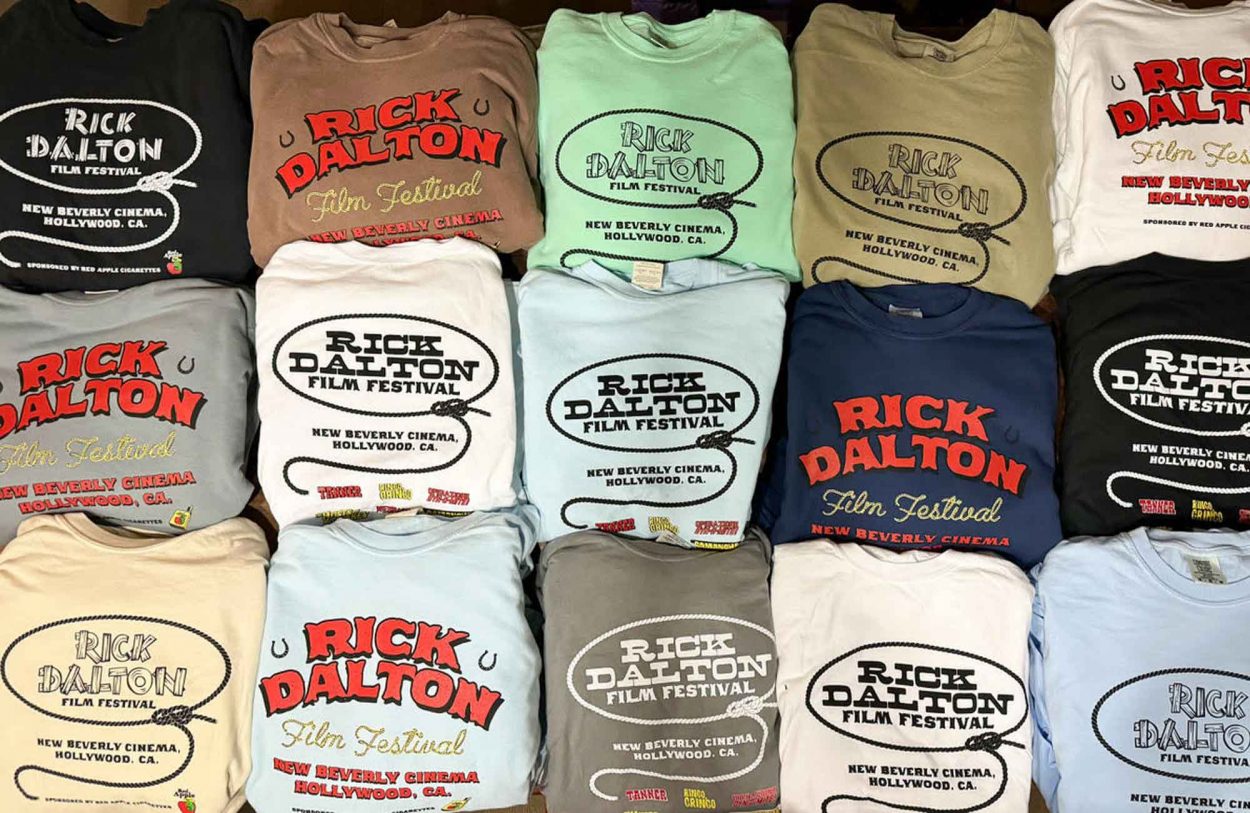“You can refute Hawks in the name of [Nicholas] Ray (or vice versa), or admit them both, but to anyone who would reject them both I make so bold as to say this: stop going to the cinema, don’t watch any more films, for you will never know the meaning of inspiration, of a view-finder, of poetic intuition, a frame, a shot, an idea, a good film, the cinema. An insufferable pretension? No: a wonderful certainty.” – Francois Truffaut, Cahiers du Cinema, April 1955
Howard Hawks: master of filmmaking and genre films. Over his long career, he produced pictures ranging from the gangster movie to the Biblical epic. If Hawks maintained anything throughout this work, it was a personal “brand,” that singular style that has given birth to the descriptive term “Hawksian.” But what is Hawksian? And how is that defined? Some critics, like Peter Wollen, have criticized it as involving unfair portrayals of women, while others (like the above Truffaut quote) have praised it as being entirely without fault. Where does that leave the Hawks landscape?
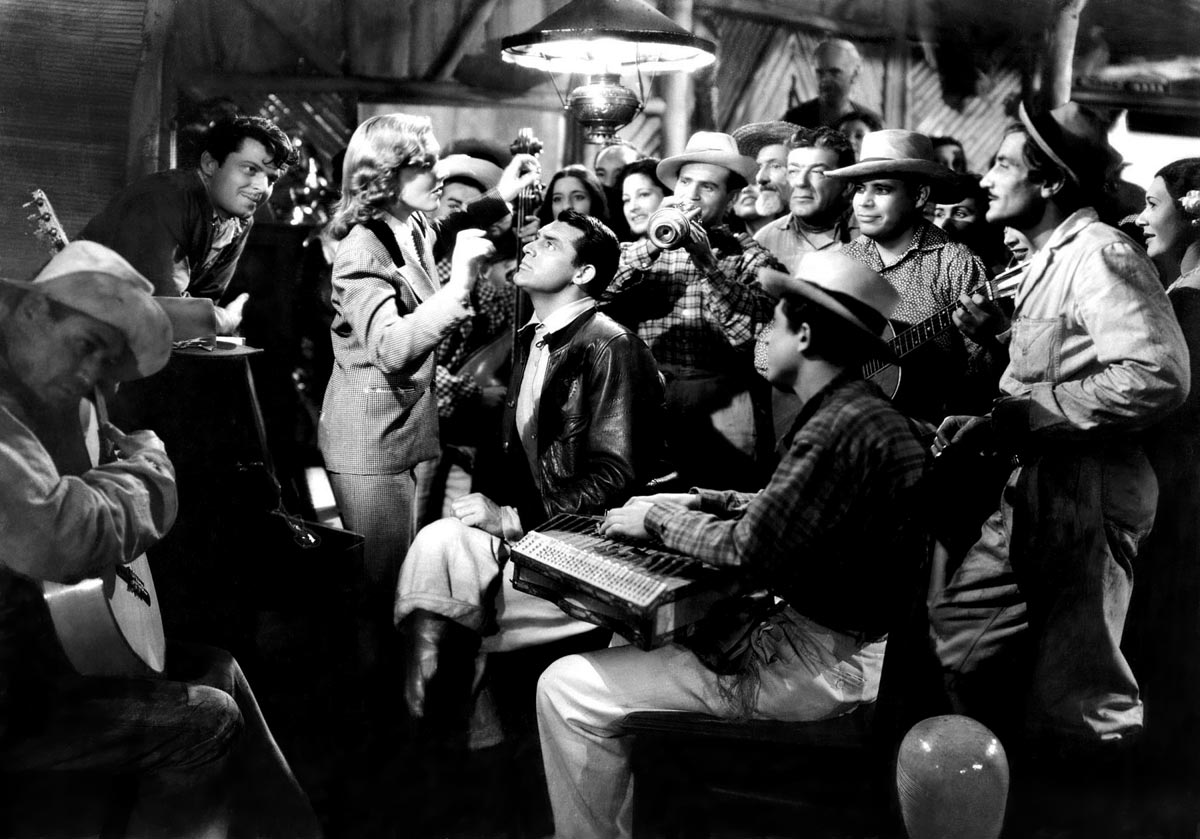
A dominant theme of Hawks’ has undoubtedly been that of the “man’s world” but that theme has not gone unquestioned, especially by Hawks himself in films such as Twentieth Century (1934), His Girl Friday (1940) or Gentlemen Prefer Blondes (1953). Only Angels Have Wings, the film playing at the New Beverly on March 24th and 25th, sits squarely within his films about masculinity and male relationships and that is where the power of it lies. It doesn’t ignore the world of women but that is not at its heart. This film has a great deal of heart.
Only Angels Have Wings is a crushingly real film with perfect comic timing throughout. Focusing on a desperate little trading company and airfield in a small South American town, the viewer meets several fliers who become instantly enamored of the beautiful Bonnie (Jean Arthur) who has just come to town. Geoff “Papa” Carter (Cary Grant) heads up this operation and is determined to make the company survive, sending his pilots on incredibly dangerous missions and pursuing them himself. The reappearance of ex-wife Judy (Rita Hayworth) compounded with the loss of critical fliers doesn’t alleviate Geoff’s stress. Bonnie attempts to help, but Geoff, like many Hawksian protagonists, is a highly private and evasive man, refusing any assistance, especially that of a woman who might be able to see his vulnerabilities.
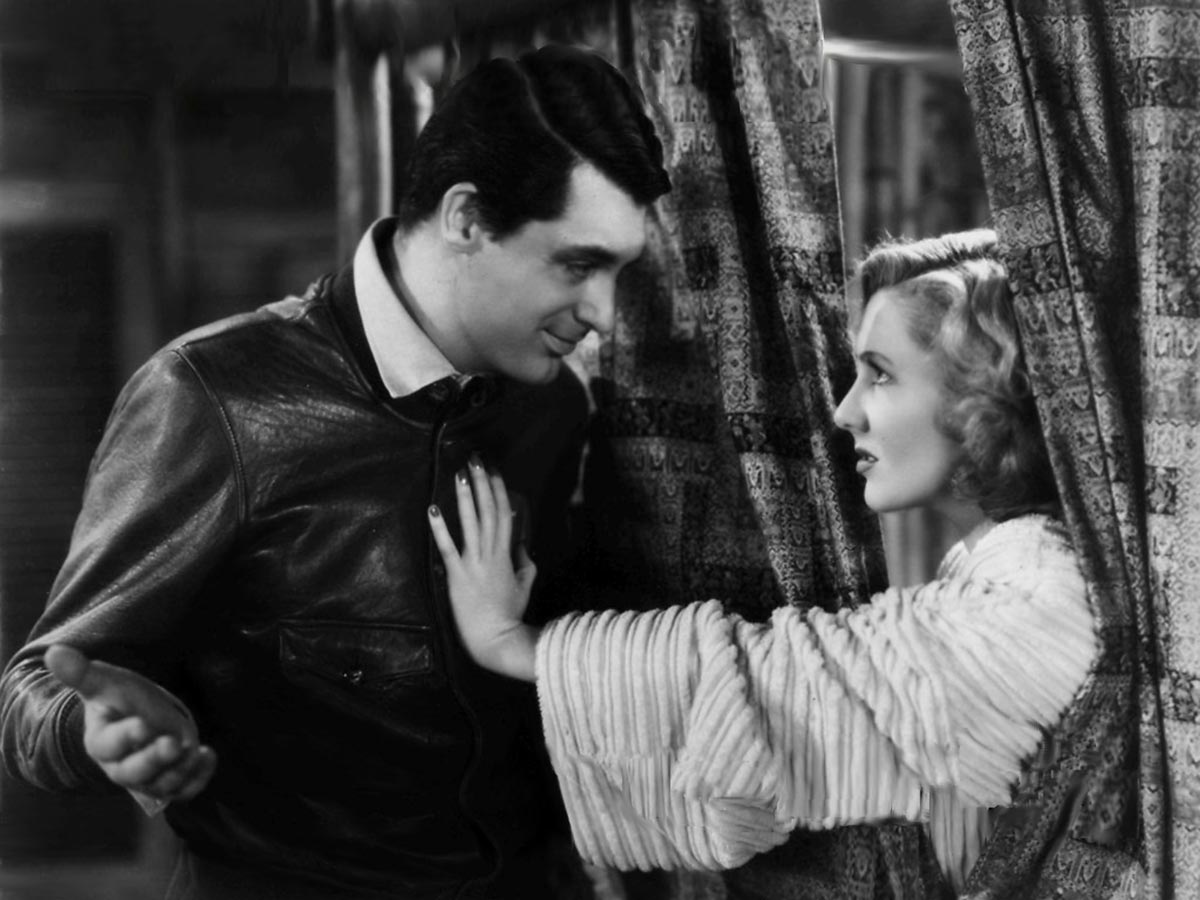
Only Angels displays Hawks’ narrative use of personal challenge, loyalty and professional dedication, things that repeat in almost every film he makes. Geoff’s deeply intimate relationship with Kid (Thomas Mitchell) is something that can be seen in various other Hawks’ films, just under different names and stories. The friendships in Rio Bravo (1959) or Red River (1948), the dedication to craft and reliance on your buddies as in Ceiling Zero (1936). These are the wonderful bits and pieces that make up the Hawksian landscape.
Celebrated by French film critics, Hawks became a strong figure in an analytical practice known as the politique des auteurs. The basic premise of this is, as Andre Bazin states, “choosing the personal factor in artistic creation as a standard of reference, then assuming that it continues from one film to the next.” Although this can be a problematic concept in practice, it can be a useful tool in elucidating Hawks’ stylistic approach to the cinema. Whether it is through meaningful actions like the toss of a rifle (Rio Bravo – 1959, El Dorado – 1967) or asking for a match (To Have or Have Not – 1944, Only Angels Have Wings – 1939); whether it is attempting dangerous missions at the expense of human life (Dawn Patrol- 1930, Only Angels Have Wings – 1939, Sergeant York – 1941), or the depiction of extremely intimate homosocial bonding (Ball of Fire – 1941, Red River – 1948), Hawks’ work does have a very personal “stamp” on it.
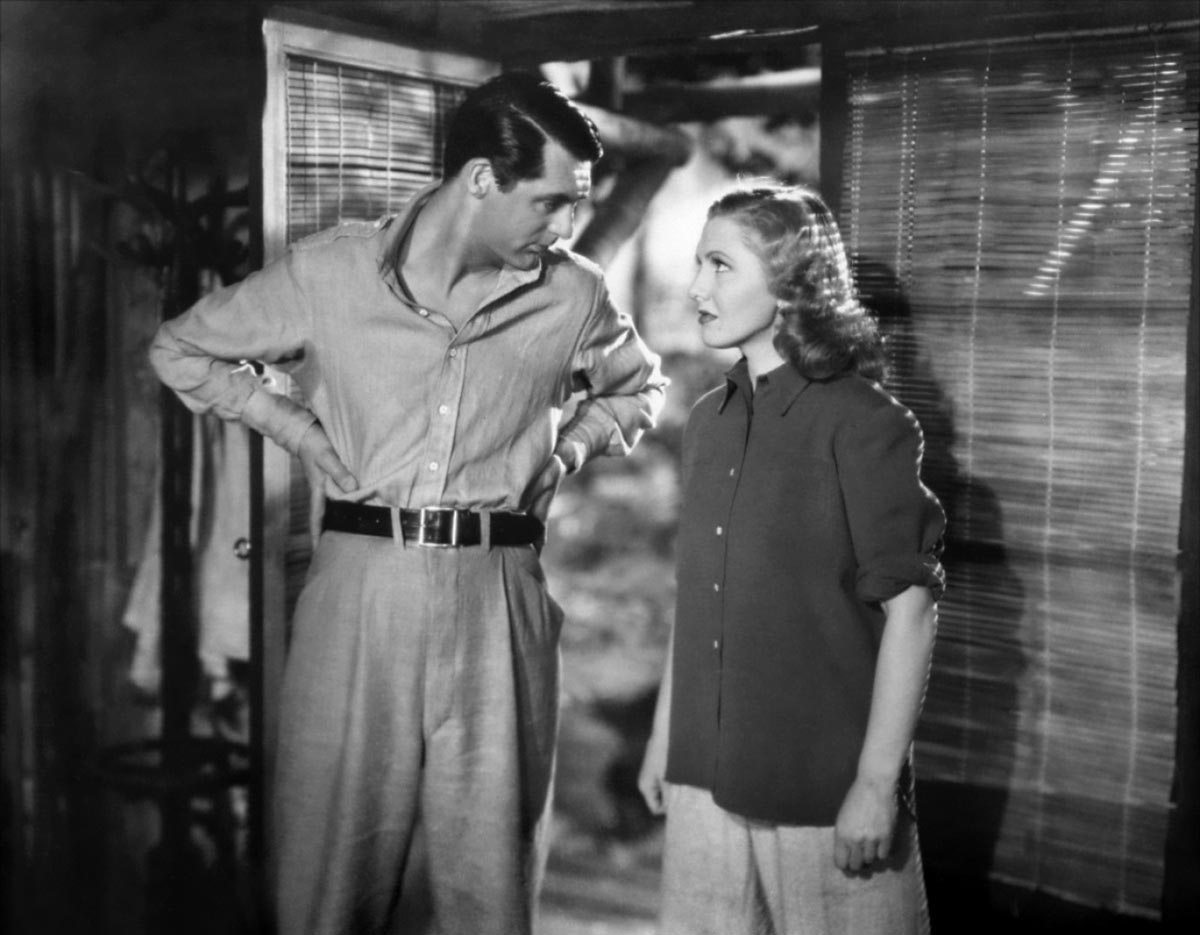
The wonderful thing about Only Angels Have Wings is that it is as funny as it is tense and nail biting. That laughter may be positioned to allow us respite from the tough sequences but it is also genuinely allows us smiles. Even Geoff, when he is at his meanest and most caustic (and he gets bad), is still pretty funny. It seems awkward to laugh at him when he’s being so brusque, especially when you see that the more awful he gets, the more romantically interested in him Bonnie seems to get. But there is something to that relationship and I don’t think it’s entirely sadistic. Bonnie doesn’t want a man to treat her poorly. She sees something valuable in Geoff. Perhaps something that he himself doesn’t see. This is also a very Hawksian relationship that (in many reviews) gets mistaken for misogyny.
In many of Howard Hawks’ films, woman plays not just the role of love interest but also a role of extensive strength and evolution. Without Ann Sheridan, Cary Grant would’ve row boated off a cliff in I Was a Male War Bride (1949). Without Angie Dickinson, John Wayne would’ve stayed unemotional and stony in Rio Bravo (1959). As Molly Haskell says, “in Hawks’ best films there is a sense of playacting for real, of men and women thrusting themselves ironically at each other, auditioning for acceptance but finding out in the process who they are.” What is enunciated through Howard Hawks’ depiction of Bonnie/Geoff in Only Angels Have Wings then is not inequity but symbiosis found by inelegant and clumsy means. But love has always been rather messy, right?
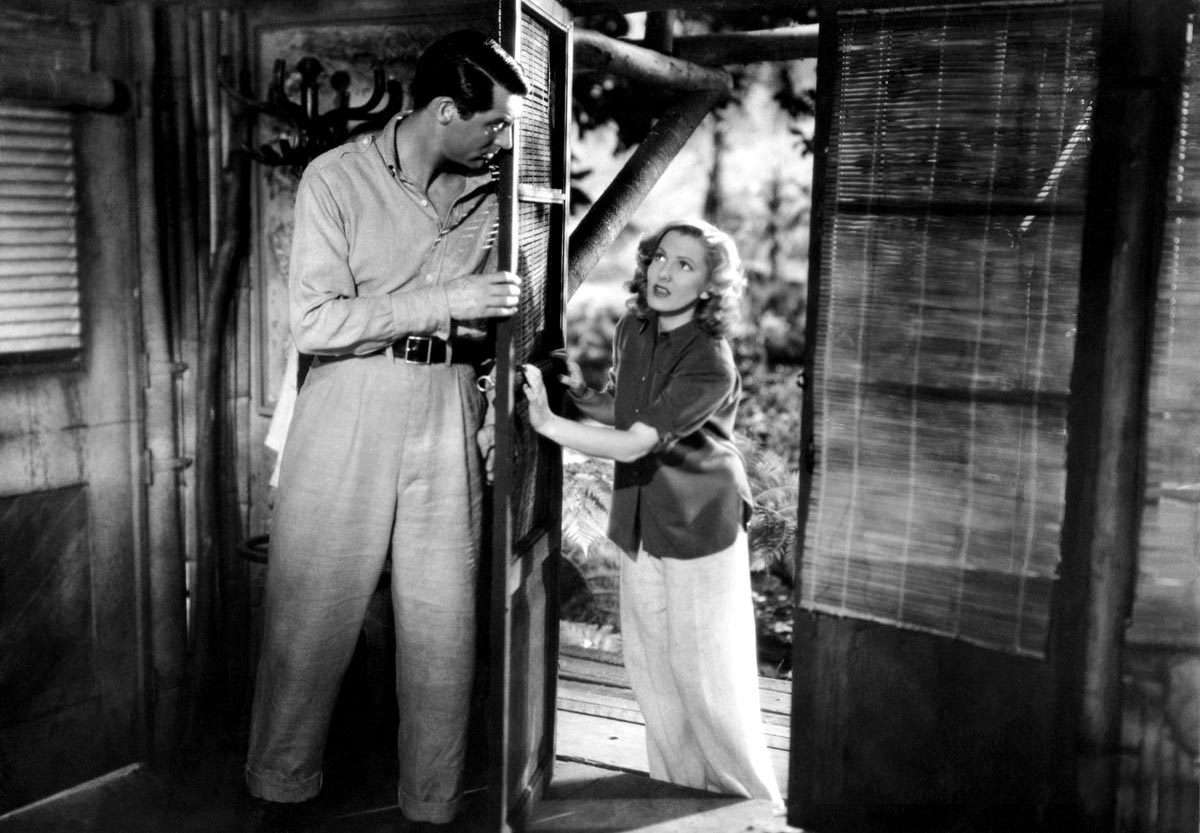
There are so many excellent things about the background and history of Only Angels. This film would be the film to start Rita Hayworth’s career. Before this, she had been in numerous b-films but nothing like a Hawks film. From OAHW she leapt forward into a huge career. Hawks had a way of doing that – he discovered Lauren Bacall, Carole Lombard, Paul Muni, Angie Dickinson and many more. Screenwriter Jules Furthman, the uncredited screenwriter of the film being shown with OAHW, Blonde Venus (Josef Von Sternberg, 1932), wrote this and proceeded to work with Hawks on most of his biggest hits from then on.
Inspired by real-life incidents and pilots that Hawks knew, the dark realism of Only Angels is pointed and meticulously planned. All of his aviation films were quite personal – Hawks was a military guy but more specifically, an airplane dude. Born in Indiana (go Hoosiers!), Howard Hawks moved out to Southern California when he was young and graduated from Pasadena High School in 1913. He served in the Air Corps from 1917 to 1919, after which he worked as a designer in an airplane factory until 1922. Only Angels is the third in what is commonly seen as his “flier trilogy,” the other two films being Dawn Patrol (1930), also featuring Richard Barthelmess, and Ceiling Zero (1936).
Hawks said, “A good movie is three good scenes and no bad scenes.” It’s up to you, dear viewer, to decide which three scenes in Only Angels Have Wings are the good scenes. Really, there are no bad scenes and no wrong answers – every scene is good. Enjoy this film from credits to end. It’s truly a masterful work.


